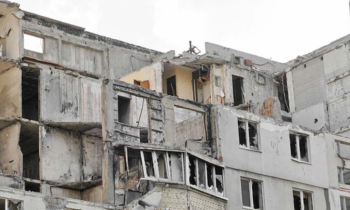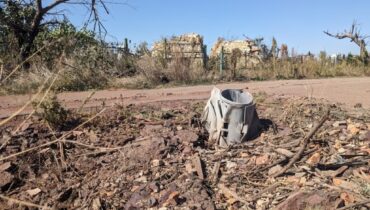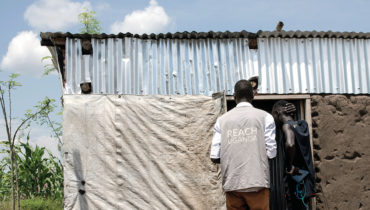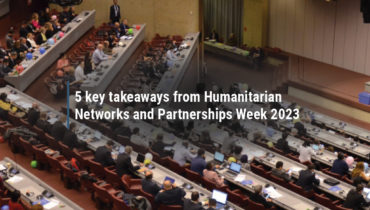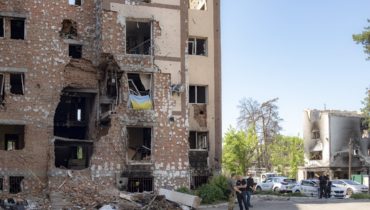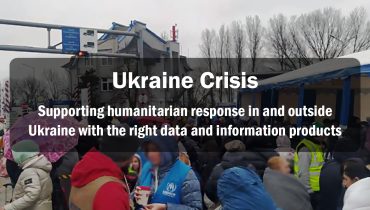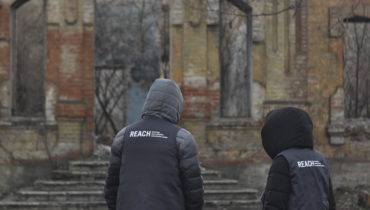Conflict in Ukraine: The one-year milestone
24 February 2023
Today marks one year since the full-scale invasion of Ukraine, an event which has triggered a humanitarian crisis of immense scale. The conflict has caused widespread forced displacement, including more than 5.3 million people reported to be displaced from their homes inside Ukraine, and over 8 million refugees recorded across Europe – nearly one-third of the of pre-conflict population. Those who remain in Ukraine have had to contend with attacks on civilian infrastructure, including destruction of energy, health care, and education facilities as well as disruption to water and electricity services.
One year on, active conflict is ongoing in eastern Ukraine, and communities on the frontline face continual risks to their safety and security. Elsewhere in the country, services and resources are strained due to market instability, rising inflation, and an influx of populations displaced from conflict areas. The lack of functioning energy infrastructure has been particularly concerning over the past winter months, as households have dealt with blackouts and power shortages in the midst of below-zero temperatures.
Over the past year, REACH teams in Ukraine have mobilized to collect a variety of data across all part of the country, to inform humanitarian actors of the situation on the ground and contribute to an evidence-based response. Our latest analysis helps to anchor the broader context with key figures on the scale and severity of needs:
- According to the Multi-Sector Needs Assessment, nationally, 13% of assessed households were found to have ‘Extreme’ or ‘Extreme+’ levels of needs in multiple sectors.
- In conflict affected areas of the country, assessed households were more likely to have ‘Extreme’ or ‘Extreme+’ levels of need in more than one sector (Eastern macro-region: 29% and Southern macro-region: 22%).
- When including HHs with extreme needs in a single sector, 42% of assessed households report extreme levels of need across Ukraine. Needs are highest in the Livelihood, Shelter/NFI and Protection sector.
- Assessed households who reported having been displaced since February 2022 were more likely to have ‘Extreme’ or ‘Extreme+’ needs relating to Livelihoods, Shelter/NFI, and Protection; and were 27% more likely to have education needs compared to the national average.
- Likewise, a higher proportion of households that include a member with disability are found to have ‘Extreme’ or ‘Extreme +’ needs, in particular relating to Protection and Health.
- Female headed households were 21% more likely to report ‘Extreme’ or ‘Extreme +’ livelihoods needs as compared to male headed households.
- REACH has identified more than 3,000 damaged residential and essential services buildings, of which more than 1,200 are destroyed or severely damaged. An estimated 64,938 people have been directly impacted by damage to residential infrastructure in areas where REACH has conducted this analysis – the full scale of infrastructure damage in Ukraine is estimated to be even greater.
- Rapid needs assessments* in frontline communities depict a stark contrast in the severity of needs between the eastern and western parts of the country.
*Further information about these assessments is available upon request.
In acknowledgement of the one-year milestone, REACH has curated a list of our most recent data and information products about the humanitarian situation in Ukraine here on Twitter.
To learn more about analysis we have produced since day one of the invasion, take a look at our Ukraine Crisis archive.


